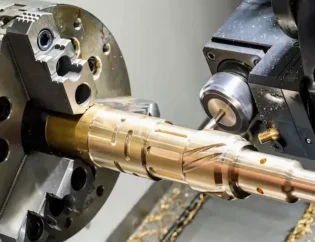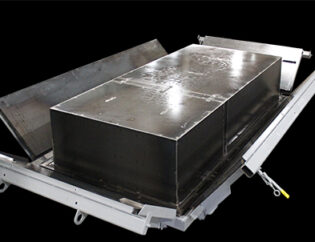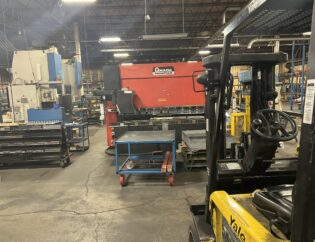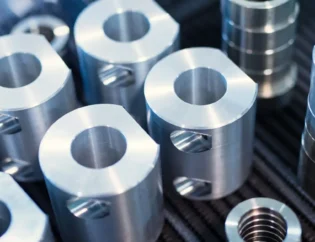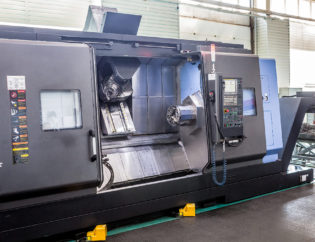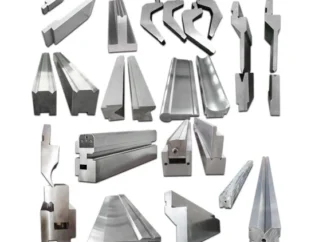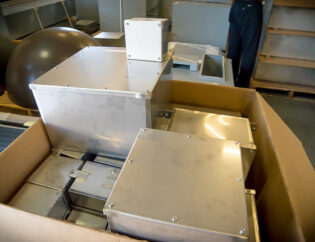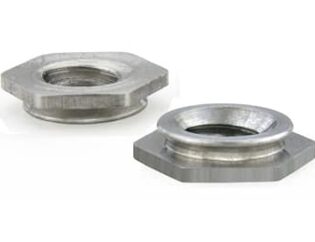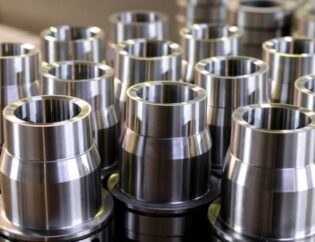Rapid tooling is revolutionizing the manufacturing landscape by significantly reducing lead times and costs associated with traditional tooling methods. This guide delves into the principles and practices of rapid tooling, showcasing its pivotal role in enhancing product development cycles.
Readers can expect to explore various techniques, materials, and technologies that underpin rapid tooling. Additionally, we will discuss real-world applications and case studies that illustrate its impact on efficiency and innovation in diverse industries.
By the end of this guide, you will have a comprehensive understanding of rapid tooling, equipping you with the knowledge to implement these strategies in your own projects. Whether you are a seasoned professional or new to the field, this resource will provide valuable insights to enhance your manufacturing processes.
What is Rapid Tooling? Overview, Advantages & Limitations
In the fast-paced world of manufacturing and engineering, staying ahead of the curve is crucial for success. Enter rapid tooling—a game-changing process that bridges the gap between prototyping and full-scale production. But what exactly is rapid tooling, and how can it revolutionize product development? This article delves into the intricacies of rapid tooling, providing a comprehensive overview of its potential to accelerate time to market, slash development costs, and enhance design testing. However, like any innovation, it comes with its own set of challenges and limitations. From understanding the differences between direct and indirect methods to exploring real-world applications, this guide unravels the complexities of rapid tooling. Are you ready to discover how rapid tooling can transform your manufacturing processes and give you a competitive edge?
Comprehensive Insights into Rapid Tooling
Rapid tooling refers to the quick production of molds and tooling for manufacturing processes. It integrates advanced technologies like 3D printing and CNC machining to create molds efficiently. This method is particularly beneficial for industries that require rapid prototyping and small production runs, such as automotive, aerospace, and consumer goods.
Technical Features of Rapid Tooling
The technical features of rapid tooling can significantly impact production efficiency and cost-effectiveness. Below is a comparison table highlighting these features:
| Feature | Description |
|---|---|
| Speed | Rapid tooling significantly reduces the time required to produce molds. |
| Cost-Effectiveness | Lower costs compared to traditional tooling methods, especially for small runs. |
| Customization | Allows for easy modifications and custom designs. |
| Material Flexibility | Utilizes a variety of materials, including plastics, metals, and composites. |
| Precision | Advanced technologies ensure high accuracy in mold production. |
| Iterative Development | Supports rapid iterations for design validation and testing. |
Types of Rapid Tooling
Rapid tooling can be categorized into two main types: direct and indirect. Each type has its own advantages and limitations, which are summarized in the following comparison table:
| Type | Description | Advantages | Limitations |
|---|---|---|---|
| Direct Rapid Tooling | Involves creating molds directly from CAD models using 3D printing or CNC machining. | Fast production, design flexibility, lower costs. | Less durable molds, material limitations. |
| Indirect Rapid Tooling | Uses a master pattern to produce molds, often through casting methods. | More durable molds, suitable for complex designs. | Longer production time, higher costs. |
Advantages of Rapid Tooling
Rapid tooling offers numerous advantages that make it an attractive option for manufacturers. One of the primary benefits is the reduced time to market. By streamlining the tooling process, companies can quickly transition from design to production, allowing them to respond swiftly to market demands.
Another significant advantage is cost savings. The materials used in rapid tooling are often cheaper and more flexible than those required for conventional molds. This cost-effectiveness is particularly beneficial for small-batch production, where traditional tooling methods may not be economically viable.
Additionally, rapid tooling allows for design flexibility. Manufacturers can easily modify molds to incorporate design changes or cater to specific customer requirements. This adaptability is crucial in industries where product specifications can change rapidly.
Limitations of Rapid Tooling
Despite its advantages, rapid tooling also has limitations. One of the main drawbacks is the shorter mold life cycle. Rapid molds typically do not last as long as traditional molds, which can lead to increased production costs if replacements are needed frequently.
Another limitation is the higher injection costs associated with rapid tooling. The repetitive nature of prototyping can lead to increased labor costs, especially if multiple iterations are required to perfect a design.
Moreover, rapid tooling may not be suitable for high-volume production. While it excels in low to medium production runs, traditional tooling methods may still be more efficient for large-scale manufacturing.
Real-World Applications of Rapid Tooling
Rapid tooling has found applications across various industries. For instance, in the automotive sector, companies like Ford and General Motors utilize rapid tooling to produce prototype parts and assembly fixtures. This enables them to validate designs and perform functional tests before committing to full-scale production.
In the aerospace industry, companies such as Airbus and Boeing leverage rapid tooling to create prototypes and tools that meet strict standards. This integration of rapid tooling into their manufacturing processes has led to reduced production times and costs.
The medical device industry also benefits from rapid tooling. Companies like Medtronic use it to produce prototypes and small-batch production runs of new medical devices, allowing for quick testing and validation of designs.
Conclusion
Rapid tooling is a transformative process that enhances manufacturing efficiency and reduces costs. By bridging the gap between prototyping and full-scale production, it enables manufacturers to iterate quickly, customize parts, and optimize their production processes. While it comes with limitations, the benefits of rapid tooling make it an essential component of modern manufacturing strategies.
FAQs
Related Video
What is rapid tooling?
Rapid tooling is a manufacturing process that quickly produces molds and tooling for use in production, integrating advanced technologies like 3D printing and CNC machining.
What are the advantages of using rapid tooling?
The main advantages include reduced time to market, cost savings, design flexibility, and the ability to quickly validate and test designs.
What are the limitations of rapid tooling?
Limitations include shorter mold life cycles, higher injection costs, and potential unsuitability for high-volume production.
How does direct rapid tooling differ from indirect rapid tooling?
Direct rapid tooling creates molds directly from CAD models, while indirect rapid tooling uses a master pattern to produce molds, often through casting methods.
In which industries is rapid tooling commonly used?
Rapid tooling is commonly used in automotive, aerospace, medical devices, and consumer goods industries, among others.

